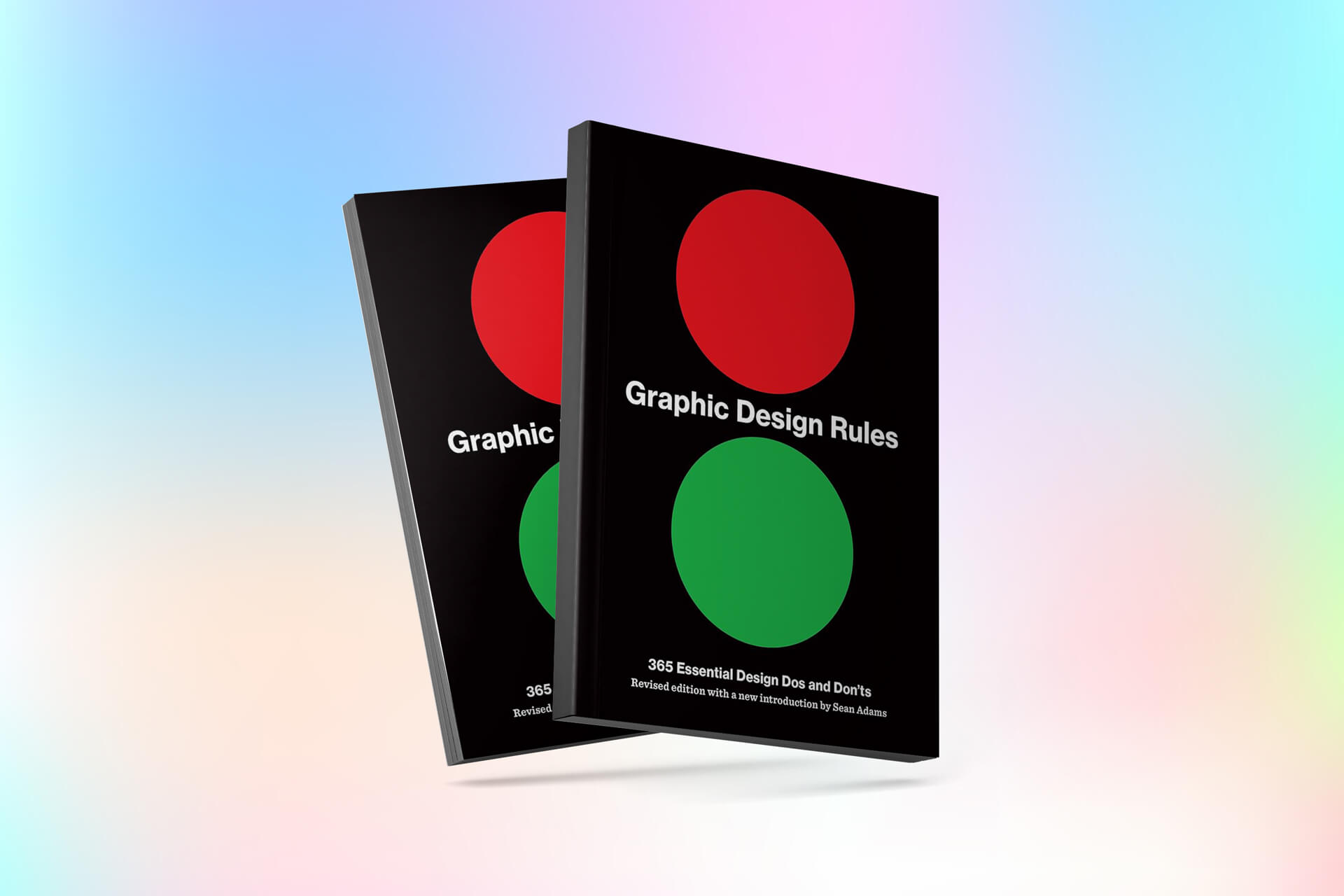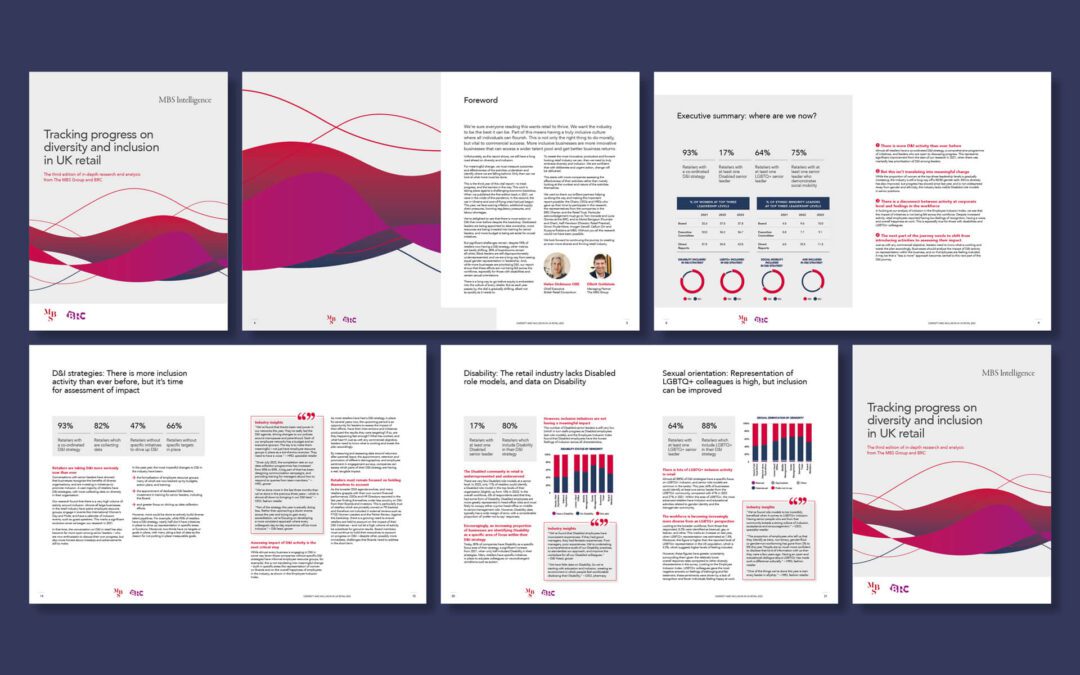Contents
Why great design matters
Structure and content
Key highlights
Style and accessibility
Final thoughts
The graphic design team reflections
The impact of great design
Follow us
At The Graphic Design House, we believe that great design is the cornerstone of effective communication and branding. In a world where first impressions are often visual, the importance of getting design right cannot be overstated. That’s why we’re excited to share our thoughts on Graphic Design Rules: 365 Essential Design Do’s and Don’ts, a book that every designer—whether just starting out or well-established—should have in their toolkit.

Why great design matters
Before diving into the insights from the book, it’s essential to understand why great design is so crucial. Great design does more than just look good—it conveys a message, evokes emotions, and drives positive action. Whether it’s a brand identity, a website, or a marketing campaign, the quality of the design can be the difference between capturing attention and being overlooked.
In today’s fast-paced, visually driven world, consumers are bombarded with countless messages every day. To stand out, your design needs to be not only aesthetically pleasing but also clear, focused, and engaging. This is where Graphic Design Rules comes into play, offering guidance on how to achieve these outcomes through practical, time-tested advice.
Graphic Design Rules: 365 Essential Design Do’s and Don’ts is a comprehensive and practical guide that every graphic designer, whether novice or seasoned professional, will find invaluable. Authored by industry veterans Sean Adams, Peter Dawson, John Foster, and Tony Seddon, this book distils decades of collective wisdom into 365 actionable tips that cover virtually every aspect of graphic design.
Structure and content
The book is structured in a straightforward, easily digestible format, with each “rule” presented as a standalone tip or guideline. The 365 tips are categorised across a wide range of topics, including typography, layout, colour theory, branding, and digital design, among others. This makes the book a handy reference that designers can dip into whenever they need quick advice or inspiration.
Each rule is succinctly explained, often accompanied by visual examples that illustrate the point being made. This visual reinforcement is particularly helpful in a field like graphic design, where seeing an example can often be more instructive than reading about it. The book also balances its advice with a mix of technical precision and creative insight, ensuring that the rules are not just about adhering to conventions but also about understanding when and how to break them effectively.

Key highlights
One of the strengths of Graphic Design Rules is its balance between the “do’s” and “don’ts.” The authors do an excellent job of highlighting common pitfalls and mistakes that designers frequently encounter, as well as offering positive guidance on best practices. For example, the book offers clear advice on avoiding overly complex designs that can confuse the audience, as well as tips on how to use white space effectively to create balance and harmony in a layout.
The typography section is particularly noteworthy, providing a deep dive into the intricacies of font selection, kerning, leading, and hierarchy. Given that typography is a cornerstone of effective design, the detailed yet accessible treatment of this subject is one of the book’s standout features.
Another valuable aspect of the book is its attention to the evolving nature of design in the digital age. The authors offer insights into responsive design, the importance of user experience (UX), and the challenges of designing for multiple devices and platforms. This modern perspective ensures that the book remains relevant in a rapidly changing industry.
Style and accessibility
The writing style of Graphic Design Rules is clear, concise, and often laced with humour, making it an enjoyable read as well as an informative one. The authors manage to convey complex concepts in a way that is approachable, without dumbing down the content. This makes the book suitable for a broad audience, from students and beginners to experienced designers looking to refine their craft.
The layout of the book itself is a testament to good design principles. It is well-organized, with each section clearly labelled and easy to navigate. The use of colour, typography, and imagery within the book reflects the very rules and guidelines that the authors are advocating, serving as a model of good design practice.
Final thoughts
Graphic Design Rules: 365 Essential Design Do’s and Don’ts is a must-have resource for anyone involved in the design process. Its practical, no-nonsense advice is backed up by the credibility of its authors, all of whom have significant experience and recognition in the field. Whether you’re looking for guidance on a specific project or seeking to expand your design knowledge more broadly, this book offers a wealth of information that is both actionable and inspiring.
What sets this book apart is its ability to combine technical guidance with creative inspiration. It reminds designers that while there are established rules and best practices, design is also an art form that allows for expression and innovation. This dual focus makes Graphic Design Rules not just a manual of do’s and don’ts, but a celebration of the craft of graphic design.
In a field where staying current and avoiding common mistakes can make the difference between good and great design, Graphic Design Rules is an essential addition to any designer’s library.

The graphic design team reflections
At The Graphic Design House, we incorporate the principles from Graphic Design Rules into every project we undertake. Here’s how:
Typography: We understand that typography is more than just choosing a font—it’s about creating a visual hierarchy that guides the viewer’s eye and enhances readability. We apply the book’s advice on kerning, leading, and font pairing to ensure that our text elements are not only beautiful but also functional.
Colour and Layout: The book’s guidance on colour theory and layout is integral to our design process. We use these principles to create balanced, harmonious designs that are both visually appealing and aligned with the brand’s message. By adhering to the do’s and avoiding the don’ts outlined in the book, we ensure that our designs are both innovative and effective.
Digital Design: In today’s digital-first world, our designs must work seamlessly across different devices and platforms as well as print and direct mail. Graphic Design Rules provides invaluable insights into responsive design, helping us create digital experiences that are as compelling as they are functional.
The impact of great design
In conclusion, great design is not a luxury—it’s a necessity. It’s the key to standing out in a crowded marketplace, building a strong brand, and connecting with your audience on a deeper level. Graphic Design Rules: 365 Essential Design Do’s and Don’ts offers a roadmap to achieving this, with practical, actionable advice that can elevate your work to the next level.
At The Graphic Design House, we’re committed to creating designs that not only meet our clients’ needs but also push the boundaries of what’s possible. By following the principles outlined in Graphic Design Rules, we ensure that our work is not only visually stunning but also strategically sound. Whether you’re a client looking for a design partner or a designer seeking inspiration, remember that great design is within reach—and this book is an excellent place to start.
More insights

Corporate design: what it is, why it matters & how to get it right
Learn how corporate design strengthens recognition, builds trust and helps your brand perform across every touchpoint with a clear, modern visual system.

Brochure design and size guide for effective campaigns
Your guide to brochure design and size: explore standard UK dimensions, formats, layout ideas, common mistakes to avoid and more.

Graphic design services to make your brand unforgettable
Explore professional graphic design services for print and digital. We can help your brand stand out with bold, creative and strategic visuals
